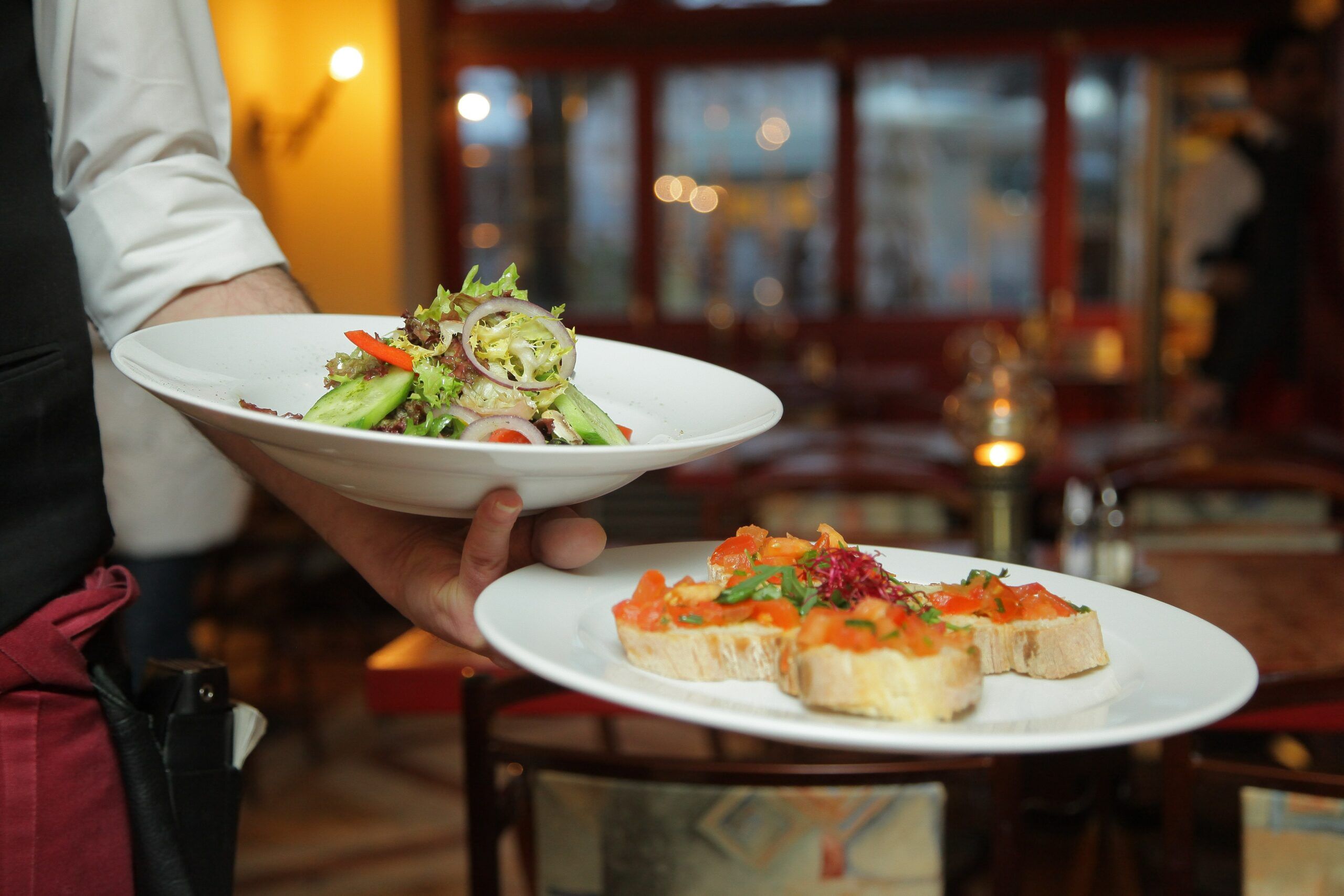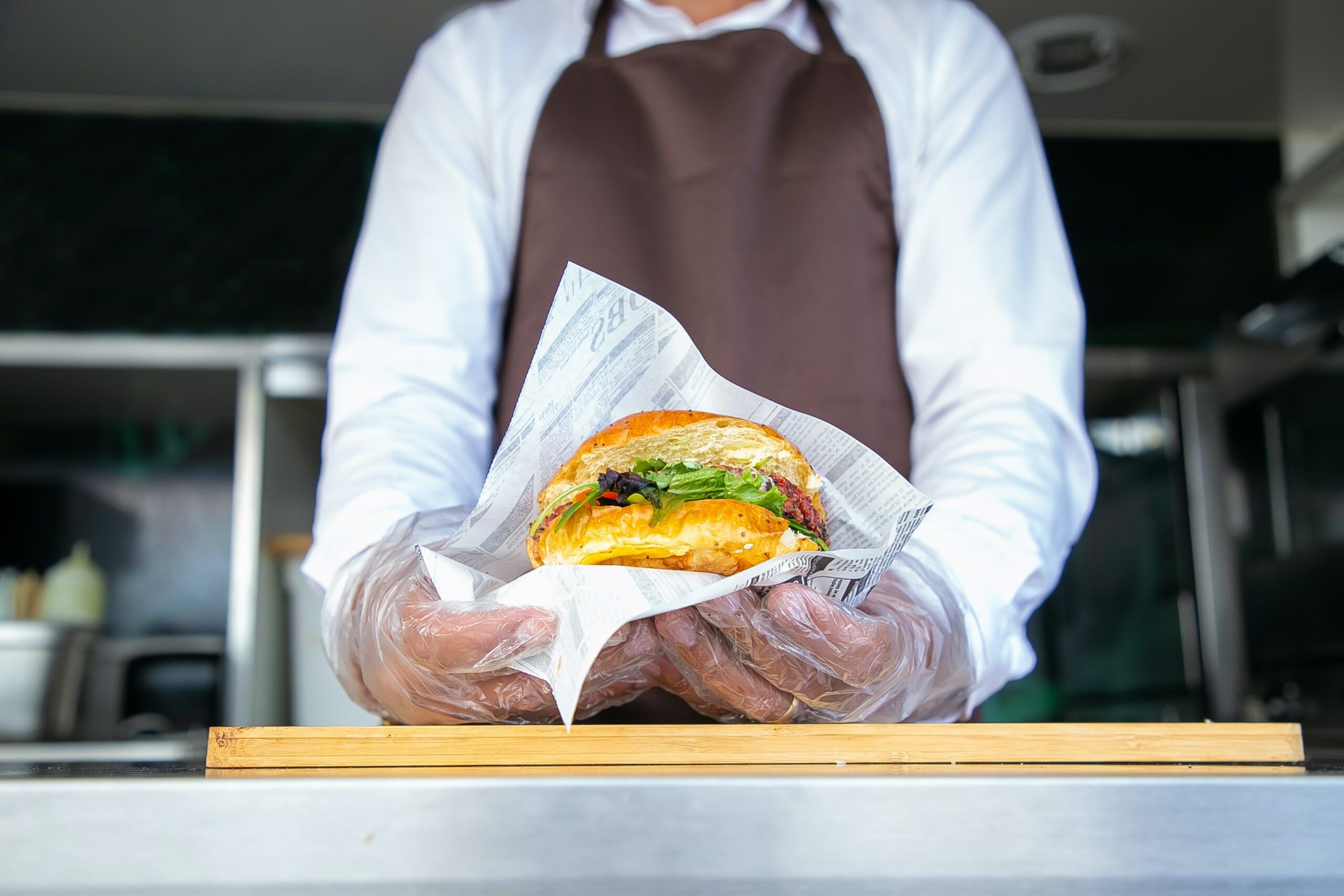- How to Assess Your Restaurant Sales to Make Changes
- 10 Innovative Ways to Boost Restaurant Sales
- Getting Started with Innovative Strategies
- Navigating Innovation for Lasting Success in the Restaurant Landscape
In this era of heightened competition and shifting consumer behaviors, unlocking the full potential of your restaurant is not just a goal; it’s a necessity.
This exploration delves into the art and science of enhancing and increasing restaurant sales, shedding light on groundbreaking marketing solutions.
In a world where innovation is the currency of progress, we invite you as a restaurant owner to unlock your restaurant’s full potential!
How to Assess Your Restaurant Sales to Make Changes
Effectively assessing your restaurant sales is crucial in steering your establishment toward more tremendous success.
Here’s a strategic guide on how to evaluate your restaurant sales and make informed changes:
Data Dive
- Sales Reports: Start with comprehensive sales reports. Analyze daily, weekly, and monthly sales figures to identify patterns, peak hours, and seasonal variations.
- Menu Item Analysis: Break down sales by menu items. Identify top-performing dishes and those that may need adjustment or removal.
- Category Breakdown: Categorize sales by food, beverages, and other revenue streams to understand the contribution of each category.
Customer Feedback Analysis
- Online Reviews: Scrutinize online reviews (both positive reviews and negative ones) to gauge customer satisfaction. Identify recurring praise and areas for improvement.
- Surveys and Feedback Forms: Implement customer surveys to gather direct feedback. Pay attention to specific comments about service, menu options, and overall experience.
Cost Analysis
- Food and Beverage Costs: Evaluate the cost of goods sold (COGS) for each menu item. Ensure that your pricing aligns with costs and industry standards.
- Labor Costs: Assess staffing levels and labor costs. Optimize scheduling based on peak hours and business trends.
Marketing and Promotions Evaluation
- Campaign Effectiveness: Review the impact of marketing strategies and campaigns on sales. Identify successful promotions and marketing channels that drive traffic.
- Social Media Engagement: Analyze social media metrics to gauge customer engagement. Evaluate the correlation between online presence and foot traffic.
Technology Utilization
- Point of Sale (POS) Data: Leverage POS system data to understand transaction details and customer preferences.
- Customer Relationship Management (CRM): Utilize CRM systems to track customer behavior, preferences, and repeat visits.
Competitive Analysis
- Benchmarking: Compare your sales performance with industry benchmarks. Identify areas where your restaurant excels and where it lags behind competitors.
- Market Trends: Stay abreast of market trends and adjust your offerings to meet evolving customer preferences.
Staff Input
- Team Feedback: Consult your staff for insights. Frontline employees often have valuable observations regarding customer preferences and operational efficiency.
Financial Health Check
- Profit Margins: As more customers prefer to pay low prices than enjoy exquisite fine dining, it’s crucial to assess overall profit margins and identify potential cost-cutting or revenue enhancement areas.
- Cash Flow Analysis: Ensure a healthy cash flow by efficiently managing accounts payable and receivable.
Strategic Planning
- Set Clear Goals: Establish measurable goals based on your assessment findings.
- Implement Changes Gradually: Introduce changes gradually to monitor their impact and prevent disruptions.
Monitor and Adapt
- Regular Review: Continuously monitor the effects of changes and be ready to adapt strategies based on ongoing assessments.
- Stay Agile: In a dynamic industry, adaptability is critical. Be open to refining your approach based on evolving market trends.
By diligently assessing these essential aspects, you’ll gain a holistic understanding of your restaurant’s sales landscape.
Your Inbox, Your Rules!
Tailor your newsletter with the topics you're most interested in.
10 Innovative Ways to Boost Restaurant Sales
- Contactless Ordering and Payment
Innovation: Implementing online ordering through mobile apps or QR codes on tables.
Example: A popular restaurant introduces a mobile app that allows customers to browse the menu, place orders, and pay seamlessly from their smartphones, enhancing convenience and reducing wait times.
- Personalized Loyalty Programs
Innovation: Utilizing data analytics for personalized loyalty programs based on customer preferences.
Example: A coffee shop analyzes customer purchase history to offer tailored rewards, such as a free drink on a customer’s favorite blend after a certain number of purchases.
- Virtual Events and Experiences
Innovation: Hosting virtual events or themed dining experiences.
Example: A fine dining restaurant collaborates with a renowned chef for a virtual cooking class, engaging patrons in an immersive culinary experience from the comfort of their homes.
- Smart Menu Engineering
Innovation: Dynamic menu adjustments based on real-time data and guest feedback. Feedback monitoring is essential if you want to ensure your customers are having a good time every time they visit. Otherwise, you’ll miss the chance to make things right.
Example: A restaurant uses AI-driven analytics to identify underperforming menu items and strategically updates its offerings, ensuring the menu aligns with changing customer preferences.
- Augmented Reality (AR) Menus
Innovation: Implementing AR technology for interactive menus.
Example: A family-friendly restaurant introduces AR menus that allow children to see animated characters or interactive content related to menu items, creating an entertaining and memorable dining experience.
- Collaborations and Limited-Time Offerings
Innovation: Partnering with local businesses or influencers for exclusive collaborations or limited-time menu items.
Example: A pizzeria collaborates with a nearby craft brewery, creating a limited-time pizza infused with one of the brewery’s popular beer flavors, attracting both sets of loyal customers.
- Sustainable Practices and Transparency
Innovation: Emphasizing sustainability in sourcing and operations and transparently communicating these practices.
Example: A seafood restaurant adopts sustainable fishing practices and prominently displays information about the origin of its seafood on the menu, resonating with environmentally conscious customers.
- In-App Gamification
Innovation: Incorporating gamification elements within the restaurant’s mobile app.
Example: A fast-food chain introduces a gamified loyalty program where customers earn points for purchases and participate in interactive challenges, fostering engagement and repeat visits.
- Robotics in Kitchen Operations
Innovation: Integrating robotics for certain kitchen tasks to enhance efficiency.
Example: A busy restaurant incorporates automated cooking and food preparation processes, reducing wait times and ensuring consistent quality during peak hours.
- Interactive Tabletops
Innovation: Installing interactive tabletops for a dynamic dining experience.
Example: A casual dining restaurant introduces tabletops equipped with touchscreen displays, allowing customers to customize their orders, play games, and even participate in trivia competitions while waiting for their food.
Getting Started with Innovative Strategies
Embarking on innovative strategies for your restaurant requires careful consideration and planning.
Here’s a step-by-step guide to help you select the right strategy and budget accordingly:
Understand Your Goals
Define Objectives: Clearly outline your aim with the innovative strategy. Whether you want to increase sales, enhance customer experience, expand your existing customers, or gain new customers, having well-defined goals will guide your decision-making.
Know Your Audience
Customer Persona: Understand your target audience and their preferences. The selected strategy should resonate with your customers and align with their expectations.
Budget Planning
Allocate Resources: Assess your financial capacity to invest in innovation. Allocate a specific budget for the innovative strategy, considering factors such as technology costs, marketing, staff training, and potential adjustments to operations.
Prioritize Strategies
Impact vs. Cost: Evaluate potential strategies based on their impact on your goals versus their associated costs. Prioritize those that offer a high return on investment (ROI) and are feasible within your budget constraints.
Start Small, Scale Gradually
Pilot Programs: Consider piloting the chosen strategy in a controlled environment before a full-scale implementation. This allows you to assess its effectiveness, gather feedback, and make adjustments without significant financial risk.
Vendor Selection
Research Suppliers: If your strategy involves technology or partnerships, thoroughly research potential vendors or collaborators. Look for reputable suppliers with a track record of successful implementations.
Measure and Analyze
Performance Metrics: Define key performance indicators (KPIs) to measure the success of your innovative strategy. Track metrics such as increased restaurant sales, customer satisfaction, or operational efficiency.
Flexibility for Adaptation
Adaptability: Recognize that the restaurant industry is dynamic. Build flexibility into your budget for potential adjustments or pivots based on market feedback, technological advancements, or unforeseen challenges.
Marketing and Communication
Promotion: Allocate a portion of your budget for marketing and communication efforts to promote the innovative strategy. Clearly convey the benefits to customers and generate excitement around the new offerings.
Risk Management
Identify Risks: Anticipate potential risks and have contingency plans in place. Budget for risk mitigation strategies to minimize the impact of unforeseen challenges.
Long-Term Sustainability
Scalability: Consider the scalability of the chosen strategy. Evaluate whether it can be sustained long-term and has the potential for future growth.
Navigating Innovation for Lasting Success in the Restaurant Landscape
As you embrace innovation in the restaurant industry, integrating advanced solutions like those offered by Orders.co can significantly boost your efforts.
Orders.co’s AI-driven marketing tools, including automated text and email campaigns and personalized offers, seamlessly align with your goals to enhance customer engagement and drive sales.
By leveraging Orders.co’s technology, you can not only streamline your marketing efforts but also gain valuable insights into customer preferences.
Remember, the journey towards innovation is not a one-size-fits-all approach. Start small, measure performance, and be ready to adapt based on insights and feedback.



